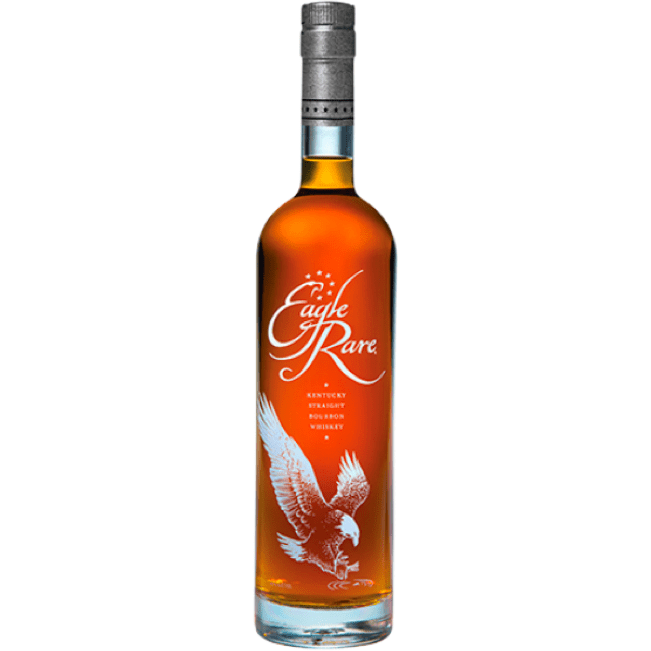Why Light Rum Could Be The Next Hot Category
“The stars are aligning for rum; I think it’s going to be the next hot spirits category,” says Draga Culic, brand director at Niche Imports, whose portfolio includes Mezan Rum. She cites growing interest in the spirit among both consumers and mixologists, and sees a bright future for rum both off- and on-premise.
Indeed, rum seems perennially on the cusp of breaking big. It sure has a lot going for it. Rum has a spectrum of styles wide enough to satisfy every drinking occasion – it’s a requirement in many cocktail recipes and consumers’ palates would seem to be aligned with the spirit. Rum is a bargain, too; there are plenty of well-made, value-priced products, and top-shelf superpremiums boast age statements to rival any whiskey or brandy (at better price points). And all of the new boutique producers and unusual bottlings on shelves and backbars should amply pique consumer interest.
Then there’s Cuba and the improving relations with the U.S. Increased tourism there and the growing vogue in the States for all things Cuban may spark interest in rum overall.
Turnaround on the Horizon?
Just a few years ago, rum’s star was rising. Revenues were up a healthy 3.3% in 2013, according to the Distilled Spirits Council (DISCUS), with significant rises in the superpremium (5.1%) and high-end premium (13.3%) that boded well for rum. Since then, sales have slumped; revenues were down 2.0% in 2015, according to DISCUS, with bright spots in the value (1.2%) and superpremium (2.8%). How can the rum category regain its momentum in the U.S. market?
“Rum can regain its momentum by capitalizing on what makes it different from other spirits,” says Mauricio Bermudez, director of marketing for Bacardi Rums. “First, rum is versatile and easy to drink, yet it has more character and taste than most spirits,” he says. “It also mixes with everything but does not blend in and get lost in a cocktail.”
“The momentum for rum is growing stronger,” says Carlos Esquivel, CEO of Pilsa Rums, a Panamanian producer of Don Pancho Origenes, Cana Brava and Selvarey brands, among others. “Five years ago, retail stores, bars and restaurants would only carry a few bottles of rum; today, you’ll find a much wider selection on the shelves and extensive rum menus in bars, classified by style, country of origin and age.”
Market Dynamics
A number of factors seem destined to drive interest and sales, including the popularity of classic and new-wave rum-based cocktails, as well as a proliferation of rum-oriented bar and restaurant concepts popping up around the country. Perhaps most importantly, there is a wide array of rum types—light, spiced, dark and amber, which, Bermudez says, “provides the opportunity to adapt to the constantly changing consumer palates.”
“The resurgence of the classic Daiquiri has been favorable to rum, as well as the openness of bartenders to experiment with non-traditional spirits to make classic cocktails,” says Amanda Paul-Garnier, brand manager at the Edrington Group, whose portfolio includes Brugal Rum.

“Tiki culture continues to gain more popularity on-premise; bartenders are becoming more enamored with crafting variations of those cocktails,” points out John Eason, COO and executive vice president at Serralles USA, whose portfolio includes the Don Q brand. “Many top restaurants now include a premium rum section in their menus, just as they would other spirit categories. Those consumers are enjoying a great rum at home just as they would a Bourbon or single malt neat.”
“Tiki drinks are driving interest in and sales of rum,” says Culic, noting that trends invariably translate from on-premise to off-trade sales. She sees a shift towards more at-home consumption and entertaining, as well as gifting. “People get inspired by a drink they had at a bar and want to make it at home,” she adds.
Light & Dark are Day & Night
In the U.S. market, light and dark rum have diverged into two separate segments, each with its own unique production and maturation processes, consumption occasions and target customer. This article deals with the light rum segment. Dark rum trends will be explored in the July/August issue.
Unlike the federal regulations governing the production of bourbon or the NORMA rules that regulate Tequila, there is little standardization of policies regarding the production of rum, and rules vary according to country of origin. What constitutes “light rum” is loosely defined and often confusing. White spirits such as vodka and Tequila are unaged. Light rum, although appearing clear or white, is aged in barrels or stainless steel. Light describes the rum’s impression on the palate as much as it does the color.
“Most white rums are aged in wooden barrels, as are gold and dark rums and spiced rums,” explains David Farmer, president of Fishbowl Spirits, whose portfolio includes Blue Chair Bay Rum. “White rums are generally aged for a short period of time (one to three years) and have the color removed before bottling by treating with activated carbon and filtration.”
Light rum was a term developed back in the early days, explains Esquivel at Pilsa Rums. In the 1700s, the first rums were made from sugarcane juice in pot stills; it was heavy, pungent and strong – hot on the palate. Then in the mid-1800s, Cuban producers started making a more elegant version from molasses, with shorter fermentation times and using column stills. The result – less heavy, more refined and smoother – was dubbed light rum. “In the U.S., people think light rum is any clear spirit and don’t realize it has been aged. Education is needed,” Esquivel says.
The post Why Light Rum Could Be The Next Hot Category first appeared on Beverage Dynamics.





